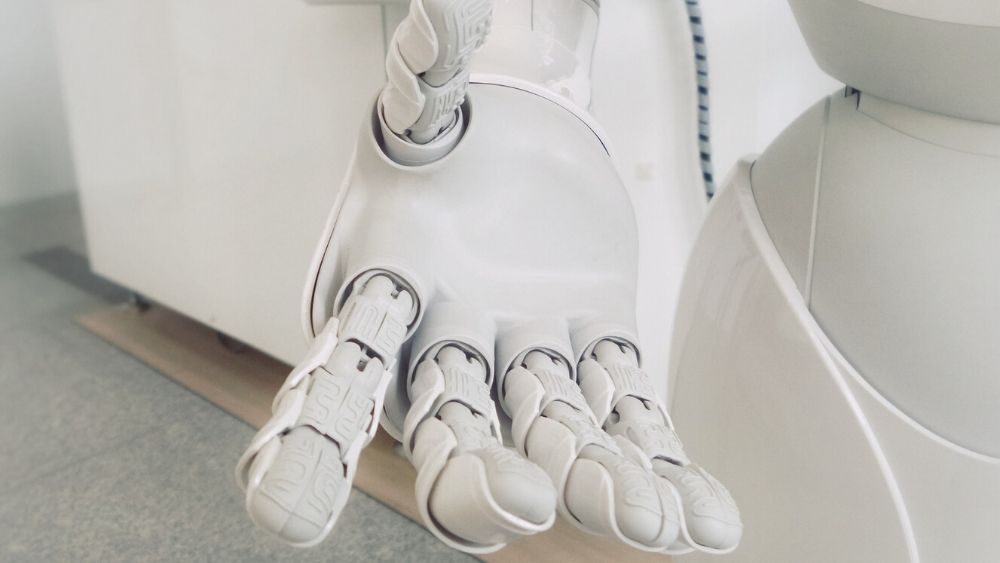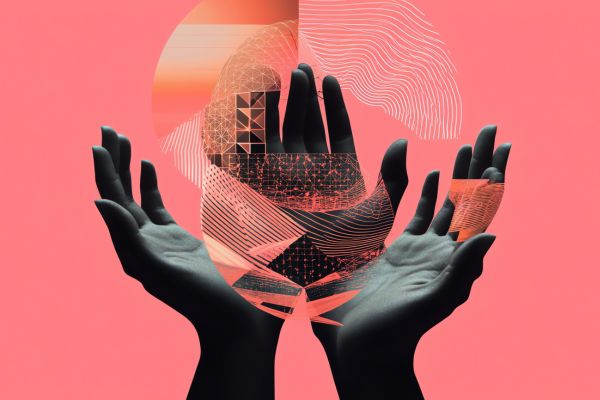Insights
INSIGHTS
All Topics
My Account
The best tech for good projects happening now
08 Jul 2020by Joe Lepper
From accessibility tools to mental health support, we highlight some of the impressive tech for good projects being deployed now to support people and improve society
Tech for good projects are vital to the work of charities, helping them harness the benefits of technological innovation for good causes.
This can be through developing digital tools to helping vulnerable and marginalised service users in their day-to-day lives or using technology that drives wider environmental, social or economic change.
The dynamism of technology innovators is particularly important amid the ongoing COVID-19 pandemic, as charities look to help more people meet mounting challenges of financial uncertainty, social isolation and mental health problems.
Charity sector leaders are continuing to ensure that tech for good innovations are being effectively deployed. For example in May, Comic Relief and the Paul Hamlyn Foundation launched a new strand, called Explore, to their tech for good funding initiative. This aims to help charities scope digital solutions to improve outcomes for their beneficiaries. Helping people to build their skills as part a user-led approach to the work of charities is fundamental to this.
The charity sector is also looking to support the tech for good innovators of the future.
The Victoria and Albert Museum launched its first National Schools Challenge this year to help pupils develop and showcase their proposals. Among young people’s ideas were a smart-watch wristband to help people walking alone to feel safer. Another was technology to create jewellery from food waste.
Here we take a look at some of the most innovative and exciting tech for good projects happening aiming to make a tangible difference to people’s lives.
Beam
Each year AbilityNet pays tribute to the best tech for good innovations. Among those it honoured at its last award scheme was Beam, which won the community impact award for its innovative way it uses tech to crowd fund employment training for homeless people. It operates by focusing on the long-term needs of those blighted by homelessness by inviting the public to donate to individual training and improving their access to work.
An example of one of its live campaigns in July was Abdullah, who wants to be an electrician. So far he has raised £1,490 of £5,275 from 68 supporters to help him complete the next stage in his training in electrical installation.
“This is the final step of my journey to securing full time employment in a job that I love. I hope one day to have my own business in electrical maintenance so that I can become someone my local community can rely upon,” he says on Beam.
Ability Net says Beam has been particularly successful as it has involved homeless people and charities in its development so it meets their needs.
Beam’s personalised focus of its technology to show how donations can directly change lives is a lesson all charities looking to prove their social impact can take from this project.
Against Violence and Abuse
Another strong ethos of successful tech for good projects is to spot gaps in provision for vulnerable people and use technology to plug them.
This is the case with Against Violence and Abuse (AVA), which is designing and building a digital product to help survivors of domestic and sexual abuse, who are struggling with mental health issues. The tool aims to provide quick support through offering meditation and tips around coping strategies.
It is being driven by a steering group of service users to ensure that it is meeting their needs.
This tech for good project was one of eight to receive funding from Comic Relief and PHF through its Tech for Good Fund last year. PHF says this project will “give immediate relief” to those affected by abuse.
The Wheelie
Hoobox Robotics is another tech for good innovator to use technology to plug a gap in provision. It is offering life-changing support to people with complex physical disabilities through the creation of a wheelchair that is controlled by facial expressions.
Using artificial intelligence technology it has developed Wheelie – a wheelchair kit that can capture, process and translate facial expressions into real-time wheelchair commands. The technology boasts a 99.9 per cent accuracy rating and can be set up within seven minutes on any motorised wheelchair.
Control One
Another exciting latest tech for good project is Control One, developed by Digit Music, which uses technology to help severely disabled people to create music.
This aims to remove the physical restrictions of creating music by adapting a wheelchair controller to create music and interact with a computer using a joystick.
Small movements in the joystick are translated into music. The technology can also link up with others using the kit to create joint music projects. This could be especially useful for special educational needs teachers in the classroom. This tech for good project was designed with all levels in mind, from beginners to more experienced musicians with disabilities. The kit is also designed to be used by elderly people with mobility issues.
The project was named a finalist in Ability Net’s Tech for Good awards in 2019, in the accessibility section for good reason- showcasing technology offering fundamental change.
More on this topic
Recommended Products
Our Events
Charity Digital Academy
Our courses aim, in just three hours, to enhance soft skills and hard skills, boost your knowledge of finance and artificial intelligence, and supercharge your digital capabilities. Check out some of the incredible options by clicking here.


















